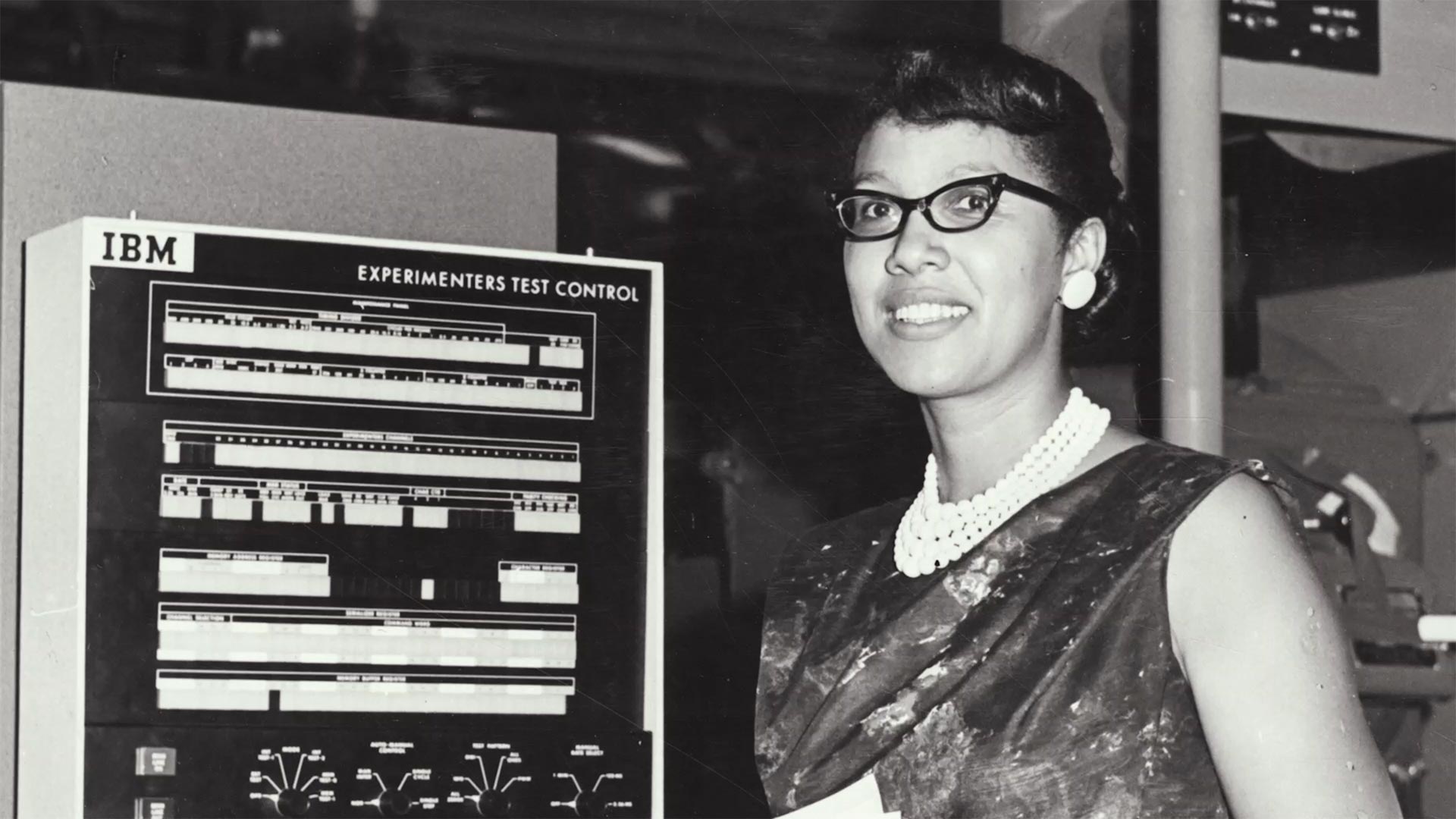
'Hidden Figure' Melba Mouton Honoured with Moon Mountain Honours
Share
A huge moon landmark has been named for Melba Mouton, a prominent Black mathematician who worked at NASA during the "Hidden Figures" period.
The name Melba Mouton (1929-1990) will be dedicated to a flat, approx. 5000 square kilometre moon mountain near the water-rich lunar south pole, where Artemis astronauts will land as early as 2025.
Among the 13 candidate landing sites for Artemis 3, the mountain is adjacent to where the agency's ice-hunting VIPER (Volatiles Investigating Polar Exploration Rover) rover will touch down in 2024 or so on Astrobotic's Griffin lunar lander. NASA officials told reporters Thursday that Mons Mouton's name was proposed by the VIPER team.

Black NASA mathematician Melba Mouton, who worked at the agency between 1959 and 1973. That was during the era of the agency's "Hidden Figures".
This announcement was made during Black History Month, which runs from February to May. A bestselling book (and Hollywood movie) that was both released in 2016 centred on "Hidden Figures," or Black female mathematicians and engineers who played key background roles at NASA for decades before becoming widely known in 2016. The naming is also a reminder of the Black female mathematicians and engineers.
Mounton joined NASA at Goddard Space Flight Center near Baltimore in 1959 where widespread segregation and discrimination against African-Americans was prevalent at the time, as evidenced by centuries of enslavement, lynching, and institutional prejudices. Brown v. Board of Education, for example, was the first Supreme Court decision ruling segregation in public schools unconstitutional.
Since the Black community still faces numerous institutional and societal barriers today, NASA has worked to highlight their contributions in the last decade in the background amid this difficult environment. One of NASA's biggest nods came with naming the agency's headquarters after Black mathematician Katherine Johnson in 2020. NASA has also committed to landing people of colour on the moon.

In 1960 and 1964, Mouton became the head mathematician for NASA's human computers, which tracked the first two satellites to reach Earth, Echo 1 and Echo 2. In 1961, Mouton became the head programmer, leading the team that tracked the locations and trajectories of spacecraft.
Following her appointment as assistant chief of research programs for the trajectory and geodynamics division at Goddard, Mouton retired in 1973. She also received an Apollo Achievement Award after the July 20, 1969, successful Apollo 11 moon landing.
According to NASA, Mouton is roughly as tall as Denali, the highest mountain in North America, and stands 6,190 meters high. In this plateau, there are few craters on the surface, making it a possible source of information about the moon's very early history.
Astrobotic built VIPER for NASA as part of the Commercial Lunar Payload Services (CLPS) program. CLPS is an agency program that delivers a range of scientific robots and payloads to the moon's surface to support Artemis missions.
You’ve come this far…
Why not venture a little further into A.S.S. - our exclusive Australian Space Society.
And keep thrusting Australia into the deep unknown…
#Space_Aus




